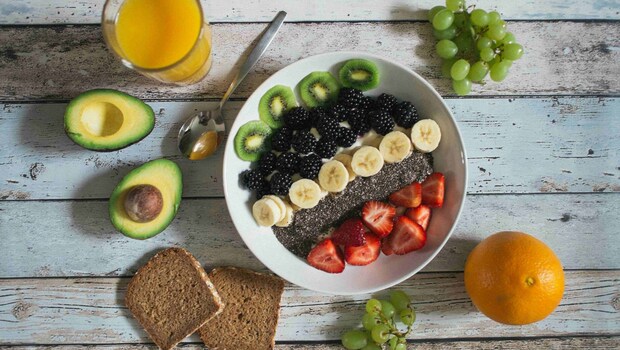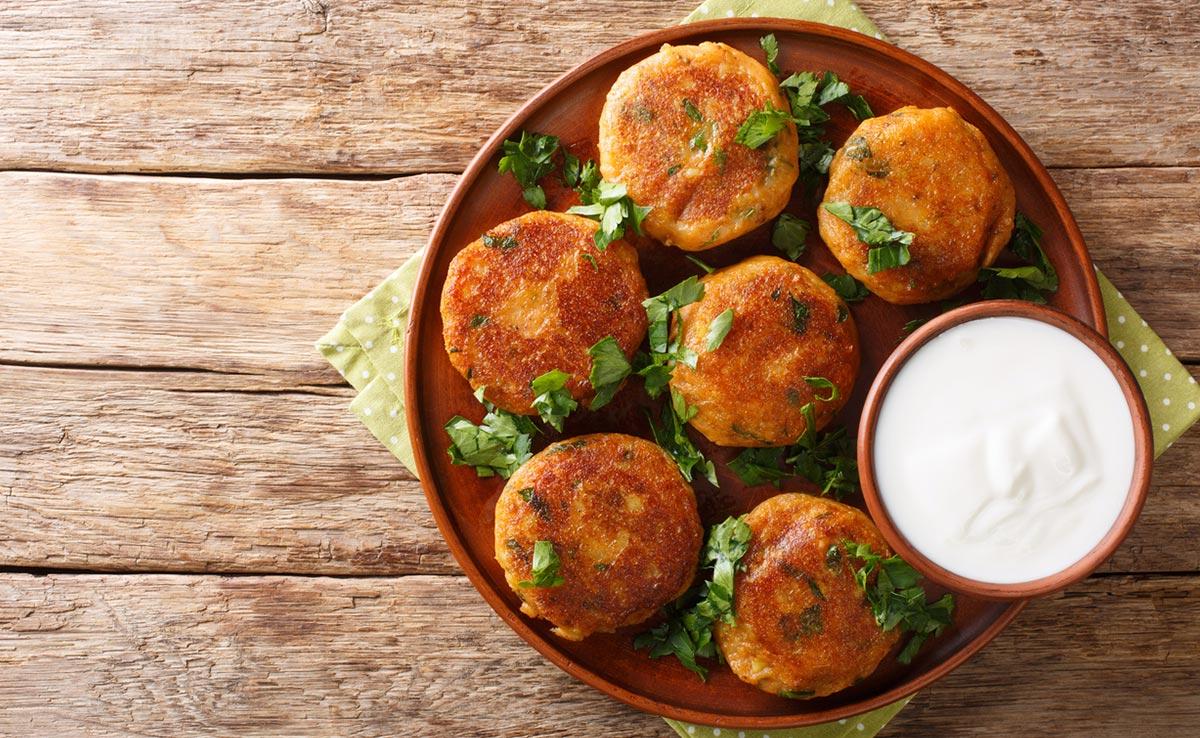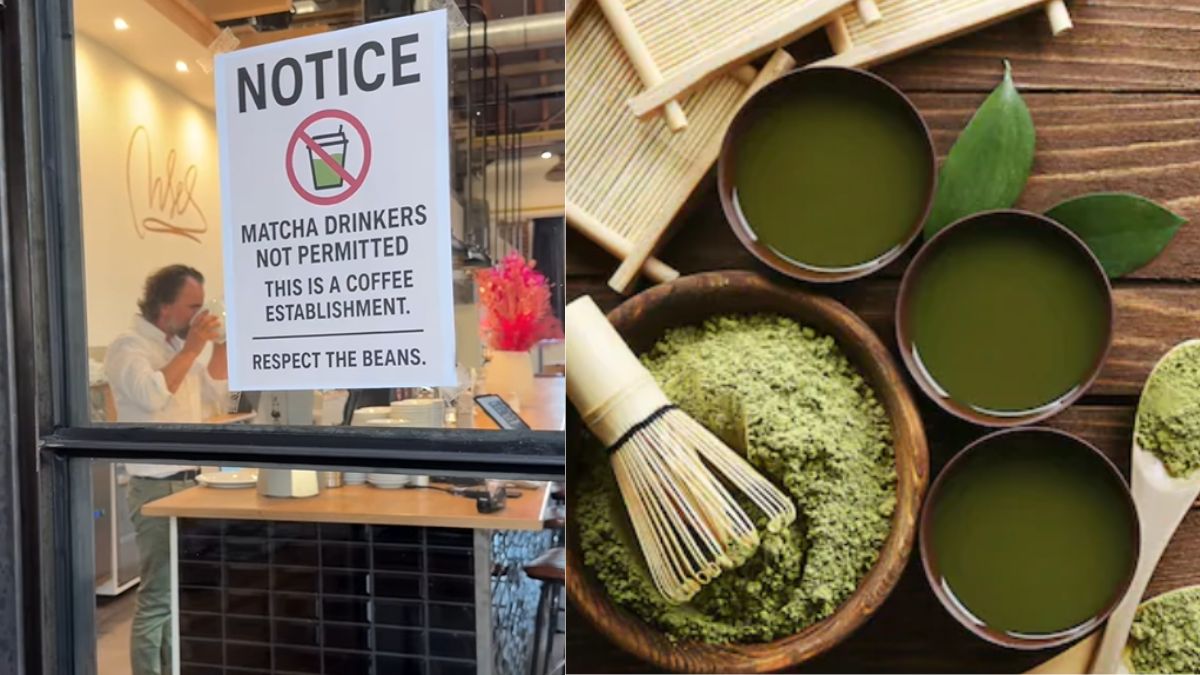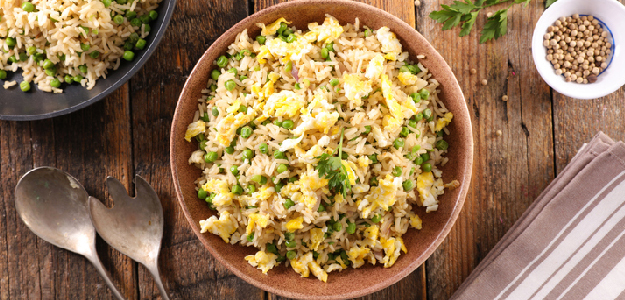Think you are getting enough fibre just because you had a salad or a banana today? You might want to think again. Fibre is essential for digestion, stabilising blood sugar, and keeping your heart healthy, but many of us underestimate how much we are really consuming. Nutritionist Krish Bhatia recently shared some eye-opening insights on Instagram, showing that some foods we assume are fibre-rich barely make a dent, while other unexpected options pack a bigger fibre punch than we realise. Let's find out.
Fibre Facts: What You Think Vs What You Get:
Not all vegetables, fruits, and snacks are created equal when it comes to fibre. Many of us eat foods thinking we are hitting our fibre target, but the reality can be surprising. The nutritionist states,
- Lettuce Vs Dark Chocolate: 200g of lettuce has just 2g of fibre, while two pieces of 90% dark chocolate can provide 3g.
- Bananas Vs Guava: Three bananas give 5-6g of fibre, but a single guava can deliver 10-11g.
- Cucumber Vs Chia Seeds: One cucumber has barely 1g of fibre, whereas a tablespoon of chia seeds packs 5-6g.
- Brown Rice Vs Oats: 100g of raw brown rice provides 3g of fibre, but the same quantity of oats gives 11-12g.
These comparisons clearly show that the foods we think are "high in fibre" are sometimes surprisingly low, while some unconventional options can give your digestive system a serious boost.
Also Read: 7 High-Fibre Fruits That May Help Achieve Your Weight Loss Goal
Why Fibre Matters For Your Health?
Fibre is more than just a digestion aid. It helps regulate blood sugar, lowers cholesterol, supports gut health, and keeps you full for longer, making it an essential part of a balanced diet. Yet, according to nutritionists, many people struggle to reach the recommended 25-30g of fibre per day because they rely on assumptions rather than actual nutritional data.
Tips For Adding More Fibre Without Stress:
Choose The Right Fruits: Instead of relying solely on bananas, include guava, apples with skin, berries, or pears for a bigger fibre punch.
- Upgrade Your Grains: Swap some of your rice with oats, quinoa, or barley to boost fibre intake easily.
- Add Seeds And Nuts: Chia seeds, flaxseeds, almonds, and walnuts are fibre-dense options that can be added to meals or smoothies.
- Go Beyond Leafy Greens: While lettuce and cucumber are healthy, mix in fibre-rich veggies like carrots, broccoli, beans, and peas.
- Check Labels: If you are buying packaged foods, always look at the fibre content per serving instead of assuming it is high in fibre.
Why Quantity And Quality Both Matter?
It is not just about eating "a lot" of fibre; it is about choosing foods with the right type and amount. Soluble fibre helps lower cholesterol and stabilise blood sugar, while insoluble fibre keeps digestion moving smoothly. A mix of both, coming from varied sources like vegetables, fruits, grains, and seeds, ensures your body gets the full benefits.
Common Myths About Fibre:
Myth: Salads alone are enough.
Fact: Leafy greens like lettuce are low in fibre per serving, so you need other fibre-rich vegetables and grains.
Myth: Bananas are the ultimate fibre source.
Fact: While healthy, three bananas provide less fibre than one guava or a handful of chia seeds.
Myth: Brown rice automatically equals high fibre.
Fact: Brown rice is moderate, but oats, quinoa, and barley are far higher in fibre content per serving.
By busting these myths, you can start planning meals that truly deliver on fibre, not just on perceived healthiness.
Also Read: New Diet App Focuses On Protein And Fibre For Smarter Weight Loss

Photo Credit: Freepik
Fibre For A Balanced Lifestyle:
A fibre-rich diet does not have to be complicated or boring. Adding simple swaps like oats for rice, guava for banana, or chia seeds to your smoothies can make a huge difference. Over time, consistent choices will help improve digestion, maintain blood sugar levels, and support heart health, all without making drastic dietary changes.
The Bottom Line:
Next time you reach for that salad or banana, pause and check: is it really giving you the fibre you need? Incorporating a variety of fibre-dense foods, like fruits, vegetables, grains, nuts, and seeds, will ensure your diet supports your digestive health, keeps you fuller for longer, and strengthens overall wellbeing.






